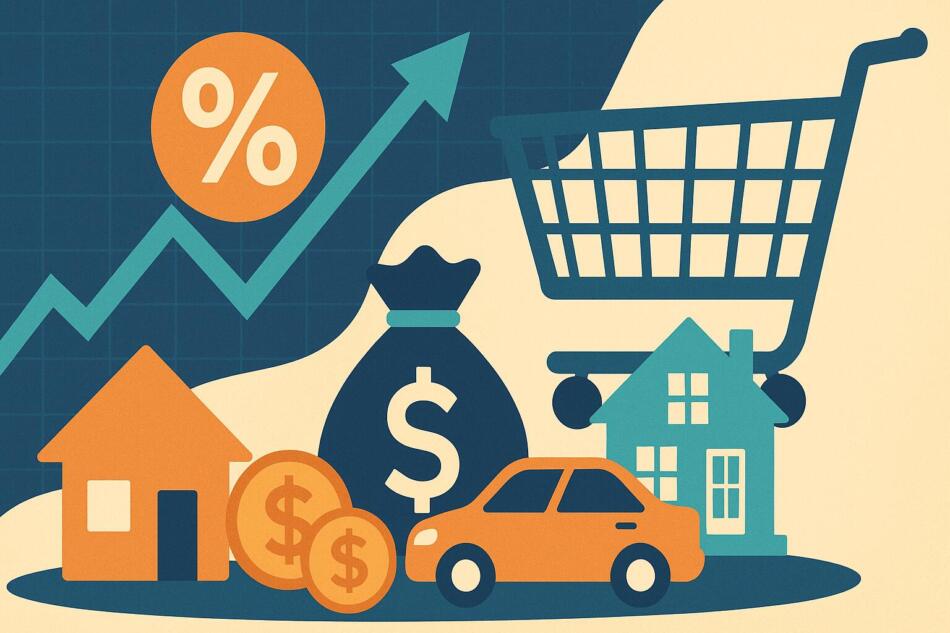Imagine walking into your local grocery store and noticing your weekly bill creeping higher, or sitting down with a car dealer only to find that monthly payments on the same vehicle are suddenly steeper. Behind these shifts often lies one invisible but powerful factor: the prime rate.
United States — Recent Prime Rates
| Date | Prime Rate |
|---|---|
| November 1, 2025 | 7.00% |
| October 1, 2025 | 7.23% |
| September 1, 2025 | 7.38% |
| August 1, 2025 | 7.50% |
| July 1, 2025 | 7.50% |
| June 1, 2025 | 7.50% |
| May 1, 2025 | 7.50% |
| April 1, 2025 | 7.50% |
| March 1, 2025 | 7.50% |
| February 1, 2025 | 7.50% |
| January 1, 2025 | 7.50% |
| December 1, 2024 | 7.65% |
This single number, set by banks in response to central bank policy, influences nearly every borrowing decision you make. From swiping a credit card to applying for a mortgage, the cost of borrowing money depends on where the prime rate stands. It’s not just a number on a financial chart — it’s a force that shapes what families can afford today and how confidently they can plan for tomorrow.



